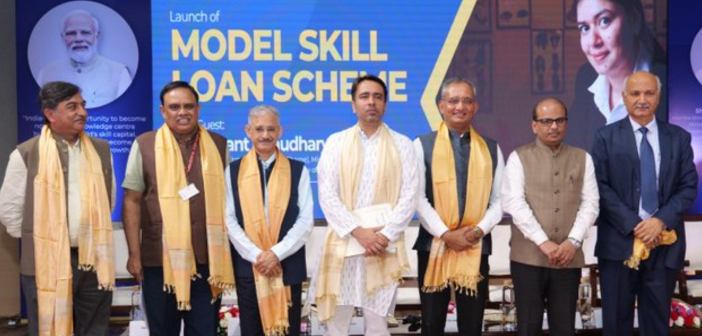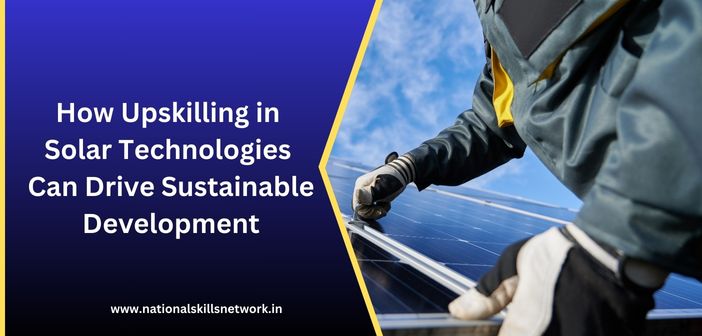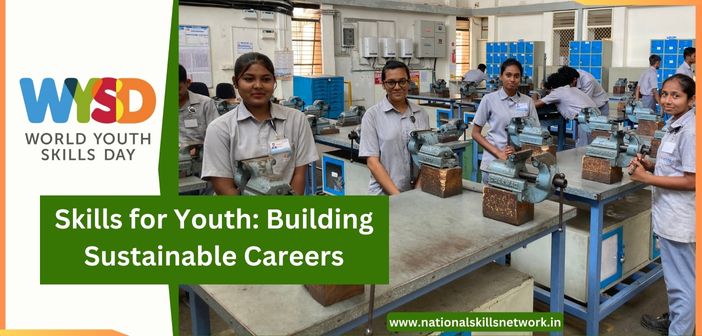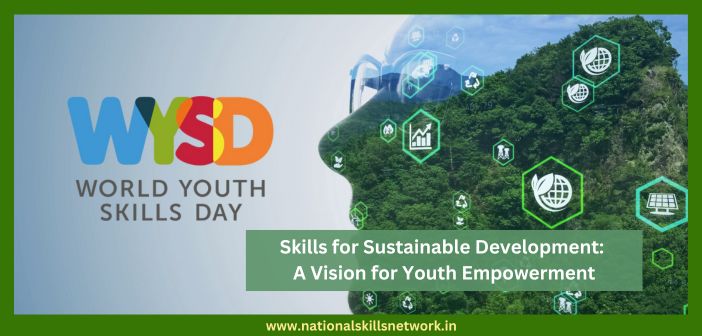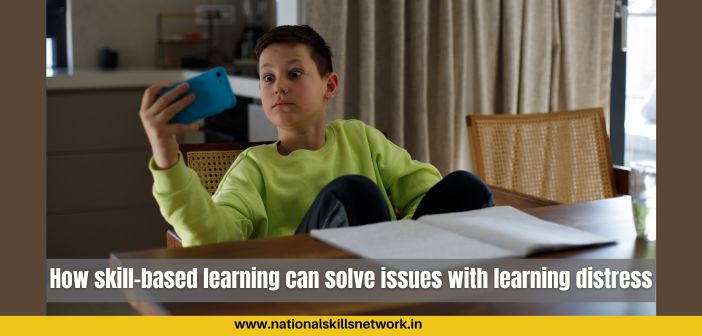As we are aware, skill development and employment are closely related. And, most employment happens in the cities. In this guest article, Krishan Kalra, industry expert and advisor, raises a pertinent concern about how migrating to cities for jobs could result in lopsided urban and rural development. Read on to know more about possible solutions that can reduce the burden on cities and strive for balanced growth of both urban and rural areas.
Two articles, last year, had prompted me to write this piece. The first one, talked about a government survey that came up with the finding that “rural youth nurse driving ambition to make it big in the cities”, and the second dwelt on the “wicked problems of our cities and how we have not been able to fix these”. Both very insightful articles, pointed to the increasing pressure on our cities in general, and the big metros in particular. This is a serious issue and merits deeper study of the causes of migration from rural areas and increase in our urban populations.
It is a well known fact that people move from villages to cities – and from smaller cities to bigger metros – primarily in search of work and livelihood. We are also aware that our villages and smaller cities do not offer the essential facilities to improve the quality of life. In fact, most villages don’t even have the basics like a school and a hospital, and many have no access to an all weather pucca road, electricity and drinking water; what to talk of sanitation, post office, and a bank branch. The problem has aggravated further as exposure to TV has increased aspirations – and rightly so!
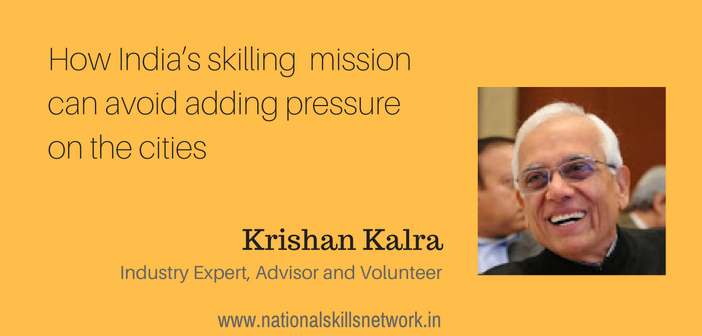 We are also aware that the infrastructure in our cities is crumbling. It is old and was never designed for the kind of numbers it is trying to support. Cities originally planned for a population of say 10 lacs today have 10 to 20 million people living there and very little has been done to upgrade the civic amenities like water supply, sanitation, drainage, sewage disposal, roads, public transport, power supply, garbage handling etc. Some measures have been taken in some major metros but the population increase is far more rapid with the result that municipal services can never keep pace.
We are also aware that the infrastructure in our cities is crumbling. It is old and was never designed for the kind of numbers it is trying to support. Cities originally planned for a population of say 10 lacs today have 10 to 20 million people living there and very little has been done to upgrade the civic amenities like water supply, sanitation, drainage, sewage disposal, roads, public transport, power supply, garbage handling etc. Some measures have been taken in some major metros but the population increase is far more rapid with the result that municipal services can never keep pace.
It is also a matter of concern – and misplaced national priorities – that 65 years after independence, we have created only 3 new cities (admittedly a few more are in the works, thanks to Andhra/Telangana division and proposed freight corridors); whereas, this figure should have been closer to 100 considering the increase in our population. All the 3 new cities – Chandigarh, Bhubaneswar and Gandhinagar – are fine examples of planned cities and rate high in various surveys of ‘Best cities to live and work in’.
Now, let’s look at the ambitious and well thought out plan of the government to skill and upskill 500 million people over a period of 10 to 12 years. Excellent initiative; and now with a dedicated ministry, MSDE, with greater chances of success.
So, where is the problem?
Despite the fact that Government is giving special emphasis to build skills of youth from villages and smaller cities, lack of job opportunities there force the trained persons to flock to bigger cities and metros in search of employment. Even though this helps in improving economic prosperity of rural and semi urban areas – through remittances back home by the youngsters working in big cities – it does nothing for the general uplift of infrastructure in rural areas. As we are all aware, ‘lot of the youth in villages prefer to learn driving, motor mechanic and computer skills so they can move to places like Delhi and Mumbai and earn fancy salaries’. Such migration invariably means living amidst squalor in slums, far away from their families, and breathing in noxious gases instead of fresh air back home. Wives and children are forced to stay back in the villages, further aggravating the harshness of a social milieu which separates families and deprives men and women to see their children growing together. It also means constantly increasing pressure on the already fragile civic infrastructure in the big cities.
What is the solution?
One logical solution is to arrest this constant migration from villages and smaller towns to bigger cities and metros by creating employment opportunities in the rural and semi urban areas of the country. Government has – from time to time – introduced several schemes to provide “backward area incentives” to industry. These were essentially concessions in excise duty. Unfortunately, there were few genuine and serious takers. Industry couldn’t get trained workers and staff. There were problems of getting raw materials due to the poor connectivity. People wouldn’t live there because there were no schools, no healthcare facilities, no source of entertainment, not even basic civic services like roads, water, electricity, telephones etc. There were others who manufactured goods elsewhere, routed them (or at least did the paper work to show that) through the factories in backward areas and claimed hefty incentives. The backward areas remained backward – and industry could not succeed there – due to the myopic half-hearted approach of our planners.
New cities don’t evolve just by offering a tax rebate!
First of all, the Ministry of Heavy Industry, and the Department of Industrial Policy & Promotion has to make serious efforts to convince big industry to set up factories in backward areas. Then they have to persuade other concerned ministries to create the basic connectivity and infrastructure for industry to function and employees to live there in comfort. We will need adequate water and electricity supply, sewage disposal system, schools, hospitals, parks, roads, street lighting, local transport, postal service, phones, internet, police station, cinemas, restaurants…….everything. The corporation setting up the industrial unit will of course chip in but they may not have the vision for urban planning and, as such, government has to take the lead. India has a fine example of a city built around a steel plant; Jamshedpur is regarded by many as a better city than many others its size.
One of the articles, had explained the “city system” model as distinctly different from an engineering model – which has clearly defined relationships between components – as a soft systems model, where components influence each other; and where it is hard to separate cause and effect. It was summed up beautifully by saying “A city system has several components – physical, social, economic, political – which are condensed into the spatial frame of the city”. Indeed, a city is a living organism which needs sustained inputs by the political masters of the state and at the Centre as well as the lead industry – around which it would be built – for life and growth.
If we want our ancient cities and major centres of trade – Delhi, Mumbai, Kolkata, Chennai, Bengaluru, Hyderabad, and many others – not to die, we will have to make sure that reckless influx into them is checked, besides, of course, continuously upgrading their existing infrastructure. A skilling mission is absolutely necessary and very ambitious whose success is vital for the country’s economic growth and inclusivity. We should not allow its unintended fallout to increase the pressure on our old cities. We simply have to improve the quality of life in smaller cities and rural areas. And, we simply have to create many new cities.
About the author
An engineer by training, Krishan Kalra worked in the corporate world for 38 years, followed by 7 years as Additional Secretary General of FICCI and another 3 as Secretary General of the PHD Chamber. He is past president of All India Management Association and Delhi Management Association. He has also served on the board of governors of IIMC Kolkata for 5 years and as a member of the PHD Chamber Managing Committee for 15 years. He is a prolific writer and frequent public speaker. His recent book, Potpourri of Everyday Life – A Collection of Short Stories, has been well received. Since early 2010, Mr Kalra does voluntary work in the areas of skill development, health care, environment conservation, urban development and empowerment of differently-abled people.
Disclaimer: The views expressed in this article are those of the author and should not be taken for NSN’s expertise or advice.





